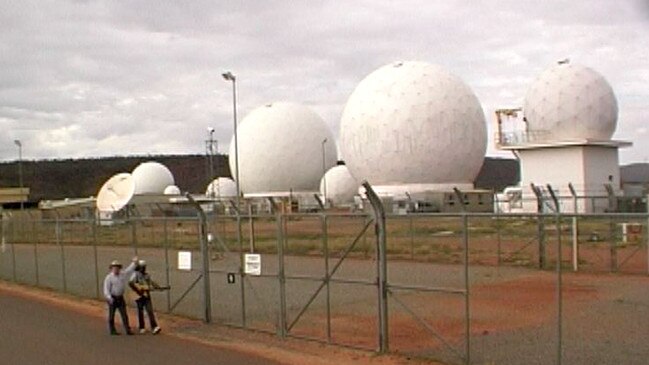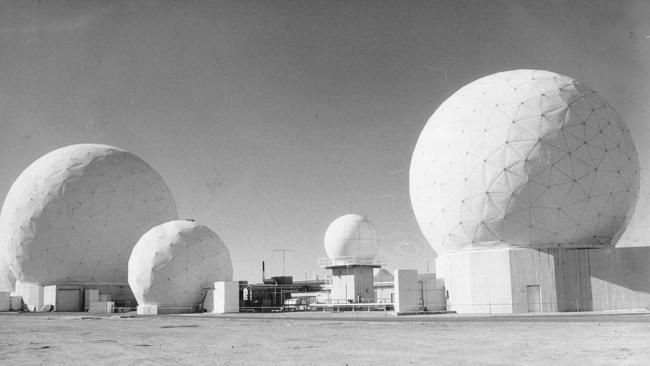NT’s Pine Gap facility could play role in accidental nuclear exchange between US and China as tension rise
Heightened US-China tensions have increased the risk of an accidental nuclear exchange between the two superpowers — and whether or not the Northern Territory’s Pine Gap surveillance base is playing a role in hyping this up needs to be looked at
Politics
Don't miss out on the headlines from Politics. Followed categories will be added to My News.
HEIGHTENED US-China tensions have increased the risk of an accidental nuclear exchange between the two superpowers — and whether or not the Northern Territory’s Pine Gap surveillance base is playing a role in hyping this up needs to be looked at.
Though the current US-China tensions has fewer nuclear risks than the Cold War-era US-Soviet relationship, the standing dynamics shouldn’t be ignored, according to new a research paper from the United States Studies Centre, based out of the University of Sydney.
MORE NEWS
ADF troops quarantining in Darwin hotels instead of Howard Springs after agreement with NT CHO
FIRST LOOK: Inside NT Health’s new ‘Manunda Place’ headquarters in the Darwin CBD

Dr Fiona Cunningham, in her USSC paper, argued that as the US and China entered into a period of “intense strategic competition” the risk of accidental nuclear warfare between the two had grown.
This could happen if one country degrades the other’s nuclear arsenal or supporting infrastructure, either by accident, carelessness or collateral damage, through conventional military operations.
For example, if stock standard US strike or cyberattack intended to disable or destroy China’s ballistic missile capabilities ended up damaging China’s nuclear missiles or supporting infrastructure, causing China to hit back.
Warning Australian politicians to be attentive, Dr Cunningham said Canberra needed to determine whether the country was inadvertently contributing to heightening nuclear risks through joint intelligence facilities on Australian soil.
This includes the Northern Territory’s Pine Gap, a joint US-Australia run station about 18 km out of Alice Springs which houses a US satellite surveillance base and Australian Earth station, and set up in the late 60s in the throes of the Cold War.
LIMITED TIME: New NT News subscription offer: $1 a week for the first 12 weeks

Dr Cunningham urged Australia, and other countries, to bring US and China back to the negotiation table on arms control.
“Canberra should also determine whether it is contributing to inadvertent escalation risks through its joint intelligence facilities and, if so, should mitigate them, to ensure that it is a credible advocate for further nuclear risk reduction,” she wrote.
China’s nuclear arsenal is made up of about 300 weapons, including “theatre range” and intercontinental-range missiles, while the United States’ has about 1750 strategic nuclear weapons.
Theatre range missiles, a recent addition to China’s arsenal, has a range of roughly 4000 km and could be used in response to a limited US first nuclear strike according to Dr Cunningham.
Overall, Australia’s strategy, Dr Cunningham argued, should be based on three national security interests.
Those are avoiding nuclear threats or nuclear use in a future conflict, ensuring that Chinese military actions are adequately countered at the conventional level and preserving the international nuclear non-proliferation regime.


